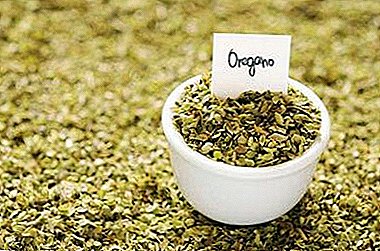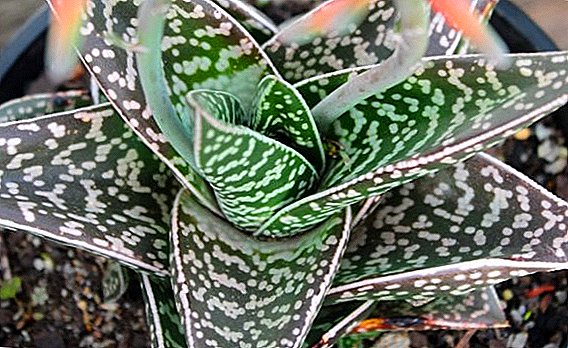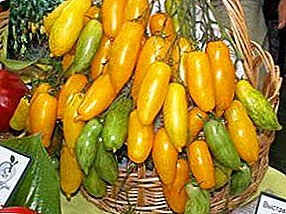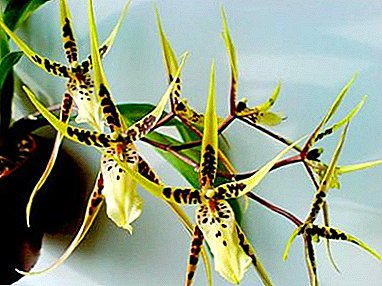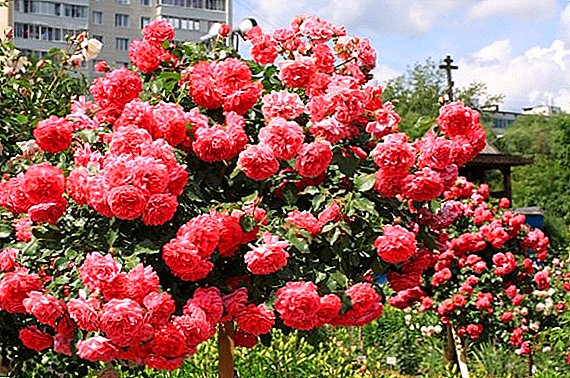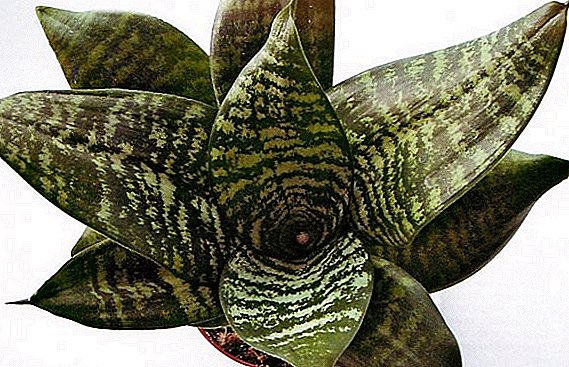
Horseradish, was popular in ancient Greece, Rome, Scandinavia and in Northern Europe.
Unpretentiousness and ability for rapid cultivation allows it to grow in almost all corners of the planet, which led to the active use of horseradish, not only in cooking, but also in traditional medicine.
In the most common Scandinavian languages, the name horseradish (piparjuuri - Finnish, pepparrot - Swedish, pepperrot - Norwegian) has a common part with the common meaning "pepper root".
That is the main taste quality of horseradish, distinguishing it from other spicy herbs - spiciness.
In the Slavic culinary tradition horseradish as a seasoning begins to grow in the 8-9 centuries. and over time occupies a worthy place in the Russian national cuisine. Along with horseradish in our traditions use as a seasoning and spice basil, dill, cilantro and parsley.
 For a long period of its existence, a sufficient number of recipes for cooking horseradish in the home has accumulated, but the technology remains the same as it was many centuries ago.
For a long period of its existence, a sufficient number of recipes for cooking horseradish in the home has accumulated, but the technology remains the same as it was many centuries ago.We also offer you traditional recipes for sauerkraut.
Useful properties of horseradish and its effect on the human body
In addition to proteins, fats, fiber and carbohydrates horseradish contains essential oils, a number of useful trace elements, phytoncides, vitamins of group C, B and E, as well as folic acid. According to the content of substances useful for the body horseradish is quite comparable with all known celery, spinach or sorrel.
The most valuable component of horseradish is the enzyme myrozin, which has unique antimicrobial properties.
Regular use of horseradish seasoning will help to improve the functioning of the gastrointestinal tract, to cope with problems in the urogenital system and skin diseases.
Horseradish is also useful for people who often suffer from colds of a different nature, since, like parsnips or mint, it contains essential oils.
Culinary features
 The smell of horseradish roots - sharp, fragrant and sharp. In terms of spiciness comparable to chili peppers, horseradish has a complex flavor bouquet: initially sweetish, with a transition to a burning aftertaste. The plant is actively used in Russian traditional cuisine for the preparation of pickled vegetables, sauces and seasonings.
The smell of horseradish roots - sharp, fragrant and sharp. In terms of spiciness comparable to chili peppers, horseradish has a complex flavor bouquet: initially sweetish, with a transition to a burning aftertaste. The plant is actively used in Russian traditional cuisine for the preparation of pickled vegetables, sauces and seasonings.
Almost in all cuisines of the world there is a plant that has the same properties as horseradish.
Horseradish is an excellent addition to any kind of meat, fatty fish (salmon, trout, eel), various snacks, etc. Adding lemon juice and sugar to horseradish will significantly improve the taste of seasoning, and sour cream and apples will soften the spiciness.
Horseradish is traditionally used in pickling cucumbers.
However, back to cooking horseradish.
General rules for root selection and preparation
If you decide to do the preparation of horseradish for the winter, then worth a few general rules:
- the optimum period for harvesting horseradish roots is late autumn, when the plant has fully matured;
- roots should be fleshy, from 30 to 40 cm in length and with a diameter of 3-6 cm;
- horseradish roots dry quickly enough, so they need to be stored in cold water for 3-6 hours;
- chopped horseradish will not darken if you sprinkle it with a small amount of lemon juice or vinegar;
- Put the clean horseradish roots in the freezer before chopping. This will help get rid of irritation of the mucous membranes of the eyes when cooking seasoning from horseradish;
- The remaining grated roots of horseradish store in a cold place in an airtight container and later use for cooking seasoning, diluted with water.
Traditional seasoning recipe
 To prepare the classic version of horseradish you will need:
To prepare the classic version of horseradish you will need:
- 1 kg of horseradish roots;
- 3 tbsp. l Sahara;
- 1 tbsp. l salts;
- 1 cup of boiling water;
Horseradish root can be grated, chopped with a blender or meat grinder.
If you use a meat grinder, do not forget to wrap the part from which the horseradish pulp comes out, in a package.
In this case, you will get rid of irritation in the area of eyes and nose. At the end of the preparation, pour a glass of boiling water into the resulting mass to form a mushy consistency.
Spread on a small volume of sterilized jars, dripping into every 1-2 drops of lemon juice, and put in a cold place for long-term storage. This seasoning is stored for about four months.
With tomatoes and garlic
If you want to give the spice of horseradish special piquancy and spice, then it’s enough to add two ingredients.
Prepare the following foods in advance.:
- 1.5 kg of chopped horseradish;
- 4 cloves of peeled garlic;
- 3 tbsp. Sahara;
- 1.5 tbsp salts;
- 1.5 kg of tomatoes.
In this recipe, all ingredients are ground simultaneously. Next, in the resulting mass of garlic, horseradish and tomatoes, add salt and sugar.
Horseradish prepared in this way will be sharper if it is infused in the refrigerator for about two days.
With beet juice
 Beet juice will come horseradish seasoning a beautiful pink hue, which will give originality to the blank.
Beet juice will come horseradish seasoning a beautiful pink hue, which will give originality to the blank.
For the recipe you will need:
- 400 g horseradish roots;
- 150-200 g of water;
- 150 g of vinegar 9% consistency;
- 1 tbsp. Sahara;
- 1.5 tbsp salts;
- 2 tbsp. beet juice.
Carefully wash the horseradish roots under cool running water and chop.
Then it is necessary to fill the horseradish filled with boiled water with horseradish salt and sugar, leaving for 15 minutes to cool.
While the horse-radish is cooling down, you can make freshly squeezed juice from beets. In the cooled mass of horseradish, add vinegar, beetroot juice and mix thoroughly.
With apple
Apple sauce cooked on the basis of horseradish, will not leave indifferent lovers of meat dishes.
The list of necessary ingredients is as follows.:
- 100 g of chopped horseradish root;
- half a glass of beef broth;
- 1.5 tbsp straight pressed olive oil;
- 1 green apple;
- 1.5 tsp apple cider vinegar;
- a bunch of parsley;
- salt and sugar to taste.
To begin, mix horseradish with chopped apple and mix thoroughly until a uniform consistency is formed. Next, add chopped parsley, vinegar and broth. At the end, season with olive oil and let stand for about 2-4 hours.
This seasoning is particularly soft taste and will appeal to those who prefer not spicy sauces. Apples are the most frequent guests on our table and are used in various combinations, for example, when sauteing cabbage or separately consumed dried and dried.
Seasoning of horseradish root, cooked at home, will be an indispensable decoration for both everyday and festive table.
Serve pieces of horseradish should be in small saucepans, as the sharp smell can kill the taste of other dishes.
Possessing an original taste, horseradish seasoning is successfully combined with various dishes and adds a touch of piquancy to them.



